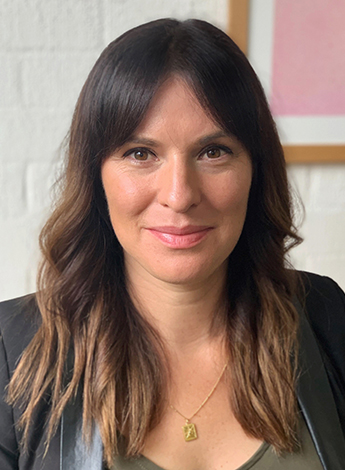
Spasticity in neurological disorders

PD PROFILE A new course developed by advanced practice physiotherapists looks at spasticity following an upper motor neuron lesion. One of the presenters, Elizabeth Moore, explains what to expect.
Tell us a bit about the course.
'Introduction to spasticity’ is designed for emerging neurological physiotherapists who want to gain an entry-level experience in the management of spasticity in adults with neurological conditions.
The course will include both lectures and practical content. Attendees will be updated on the latest pathophysiology, assessment and treatment options following an upper motor neuron lesion.
How does the course address the topic of spasticity as a common impairment following an upper motor neuron lesion and what aspects of its pathophysiology, assessment and management are covered?
The course will discuss spasticity as a feature of upper motor neuron syndrome and will help physiotherapists learn to identify spasticity through standardised measurement.
It will also teach participants to differentiate spasticity from some of the coexisting impairments commonly seen in neurological disorders (eg, contracture).
Recent advances in pathophysiology, assessment based on International Classification of Functioning, Disability and Health guidelines (impairment, function and participation) and individualised patient goal setting will be reinforced.
In 2016, a spasticity specialist interest group was formed by the leading physiotherapists currently working in Victorian spasticity clinics in advanced practice roles.
The group evolved over time to be a national group and this course was developed over the past few years with consensus between these advanced practice physiotherapists working in spasticity.
It will be exciting to present a course that brings together a body of experience and knowledge from all across Australia and from across varying healthcare networks, from acute care to community care.
Who should attend this course and how will it benefit participants in terms of refining their skills in spasticity assessment and management?
The course is aimed at physiotherapists who are working with neurological patients and want to have a comprehensive understanding of spasticity as an impairment.
We hope that participants will take away with them the ability to identify spasticity, to measure it and to generate goals with a patient if spasticity intervention is to be explored.
We also encourage physiotherapists who do not have a neurological background but are working with
complex neurological patients in the community, such as those funded by the National Disability Insurance Scheme, to upskill in this area.
What are the main learning outcomes of the course and how do they contribute to participants’ ability to understand, assess and set goals for managing spasticity in patients?
Participants will learn to:
• appropriately identify that spasticity may be an impairment when observing a patient functionally
• appropriately assess a patient for spasticity, measure appropriately and identify it as an impairment
• apply clinical reasoning to the impact of the spasticity and be aware of treatment options in line with patient goals
• understand physiotherapy management as well as adjunct medical management of spasticity
• identify when more help is required and know where to find it.
Once they have achieved these learning outcomes, we believe participants will have a good understanding of spasticity and will be able to manage it in line with their patients’ goals.
Can you provide an overview of the course structure and how it combines theoretical knowledge with practical clinical applications, including working with real patients?
The course will run over one and a half days and will include comprehensive theory on the pathophysiology of spasticity, along with assessment, treatment and goal planning. Case studies will run throughout the course and participants will have the opportunity to put what they have learnt into practice in practical sessions with patients.
‘Introduction to spasticity’ will run 18–19 November in Mount Waverley, Victoria. Click Here for more information and to register.

Elizabeth Moore APAM FACP is a Specialist Neurological Physiotherapist (as awarded by the Australian College of Physiotherapists in 2022). She is a clinical leader in the management of adult focal spasticity and was integral in founding one of the first multidisciplinary spasticity clinics in Australia in 2008. She has been the senior clinician in this clinic since its inauguration.
© Copyright 2024 by Australian Physiotherapy Association. All rights reserved.





